Asus’ ZenFone lineup has seen more than a few additions in the past year. There’s theZenFone 2, the ZenFone Max, and of course, this device right here: the ZenFone Zoom. As a camera-centric smartphone, the Zoom features a rear camera that is capable of doing 3x optical zoom, something that isn’t commonly found on smartphones.
While an optical zoom sounds cool, is it enough to make the ZenFone Zoom a great Android smartphone? Or is it just a more refined ZenFone 2?
DESIGN & FIRST IMPRESSIONS
When I first picked up the ZenFone Zoom, one thing stood out to me: this is a hefty device. Tipping the scales at 185g, this is not a light smartphone, and its dimensions are pretty big for a 5.5-inch device; it’s actually similarly sized to the Nexus 6P, which has a bigger 5.7-inch display.
Weight and size aside, the ZenFone Zoom is easily Asus’ most premium smartphone to date. The aluminium frame is nice to the touch, and the leather rear cover – although it sounds rather plasticky when tapped – both look and feel good in my hands. That being said, the huge rear camera does slightly mar the overall premium experience of the Zoom; my fingers usually rest on the camera cover – which feels like plastic – rather than the leather back cover.
Of course, as the ZenFone Zoom’s most prominent feature is its camera, a dedicated shutter button and a recording button are present on the bottom right side of the smartphone. These buttons have very good tactile feedback and feel, and I like how a half-press of the shutter button will focus on my subject; pushing it all the way will snap a picture, naturally. However, the same cannot be said of the volume rocker and power button, which are rather mushy and hard to press.
Without a doubt the ZenFone Zoom is befitting of its flagship status when it comes to build quality. It’s easily Asus’ most premium smartphone, and the dedicated shutter button is a nice addition. That being said, there are more to a smartphone than build quality alone, and the Zoom is a mixed bag in other areas.
HARDWARE
Looking at the table above, the ZenFone Zoom shares many similarities with the ZenFone 2. It has a 5.5-inch 1080P IPS display, 4GB of RAM, as well as a microSD card slot. However, the Zoom does have a slightly faster Intel Atom Z3590 2.5GHz quad-core processor – which proved really capable in my time with the device – and a huge 128GB internal storage. Seeing how it’s priced at RM2,099, these specifications sound about right.
While a fast processor and a generous storage size are great, what makes the ZenFone Zoom a unique smartphone is its 13MP rear camera with 3x optical zoom. How good is it to photograph with? Well, it’s not a question I can answer with a simple yes or no; I’ll elaborate why in the camera section of this review.
BENCHMARKS
SOFTWARE
I’ve spent some time with the Asus ZenFone 2 in the past, so needless to say, I’m rather familiar with the company’s ZenUI. Flash forward to now, and I’m really surprised at the amount of bloatware present on the ZenFone Zoom; there are so much more random apps that I will never use now. Not only that, these apps can also be frustratingly intrusive, popping out of nowhere with the hope that I’ll actually make use of it.
After getting rid of the bloatware and disabling those that cannot be uninstalled, my experience with ZenUI is a much more pleasant one. For the most part, it feels just like the ZenFone 2; the device feels very snappy and fast, and switching between apps is rather quick. The presence of an app drawer is also convenient, which makes it possible for me to only place my most used apps on the home screen.
Other than that, the plethora of gestures that I can perform with ZenUI makes the Zoom a convenient Android smartphone to use. I can double tap to wake and lock the device, and I can draw certain letters like a “V” to launch the flashlight app when the device is locked.
In essence, ZenUI is a good Android skin, but only when I’ve uninstalled and disabled a ton of intrusive bloatware as well as apps that are inferior to Android’s native apps, such as the “Puffin” browser. Despite that, there is still one major issue with the ZenFone Zoom’s software, and it affects a very vital aspect of any smartphone: battery life.
BATTERY LIFE
The ZenFone Zoom can last me a full day’s worth of usage, but judging by what has been draining the 3,000mAh battery (which isn’t a small capacity to begin with), I have a very strong feeling that the battery life could have been much, much better. Chances are, the software side of things can be improved to solve this issue; what could be draining more than half of the battery capacity other than the display?
That being said, the quick charge feature of the ZenFone Zoom is rather impressive. After draining the ZenFone Zoom to its last charge and immediately charging it without switching the device on, I can get to about 60% of battery life within only 30 minutes of charge time.
DISPLAY
Before reviewing the ZenFone Zoom, I was using a device with an AMOLED display. Needless to say, the Zoom’s IPS LCD display produces colours that aren’t as vibrant or punchy. That being said, the viewing angles are good, and the whites are much more accurate in comparison to an AMOLED panel, which usually has a yellowish tint. Other than that, the 1080p display – which has a pixel density of 400ppi – is sharp and detailed.
AUDIO
The rear-firing mono speaker of the ZenFone Zoom is hardly the most ideal position, but on the bright side, it does get loud when I want it to. At maximum volume, I didn’t notice any buzzing or crackling from the speaker, which is a good thing. As for audio quality, the ZenFone Zoom does sound rather tinny, but the same can be said of many other smartphones as well.
CAMERA
And then we have the main highlight of the ZenFone Zoom, its 13MP rear camera with 3x optical zoom. I’ve mentioned how convenient the dedicated shutter button is earlier on, and the fact that a long press of it – or the recording button – can launch the camera app is icing on the cake. It doesn’t take too long to launch the camera app either, although it occasionally takes about three seconds or so from sleep – and that’s not exactly fast.
When I started taking some photos with the ZenFone Zoom, I was…underwhelmed. For a smartphone that touts the camera to be its central feature, it’s not up to par with other capable shooters such as the Samsung Galaxy S6 duo and the Nexus 6P. Sure, the Zoom has optical image stabilisation, laser autofocus, a Hoya-designed lens, and a Panasonic camera sensor, but images taken with the device are simply…okay. They’re not bad, but they’re certainly not the best either.
The shooting experience of the ZenFone Zoom could’ve been improved as well. There is a very evident shutter delay in between shots, and it seems to struggle getting the right amount of exposure at times, although the laser autofocus is quick to focus. As for the 3x optical zoom, it’s not game-changing in any way, but it does open up the possibility of more interesting shots, such as better framing and subject isolation.
All in all, the ZenFone Zoom is definitely not the best smartphone to photograph with. Sure, the 3x optical zoom is an interesting feature to play with, but I’d rather settle for a device that has a superior camera over the optical zoom functionality.
CAMERA SAMPLES
COMPETITION
In this department, the ZenFoom Zoom has a lot of noteworthy competition. Take theSamsung Galaxy S6, for example; it is easily one of the best mobile shooters in the market now, and seeing how the Zoom is a camera-centric device, it is a fitting comparison. Of course, the S6 does not have the 3x optical zoom of the Zoom, but its shooting experience – and overall camera performance – is much more pleasant with little to no shutter delay in between shots.
Specification-wise, the Galaxy S6 has a sharper (albeit smaller) 5.1-inch 2560 x 1440 Super AMOLED display, a fast Exynos 7420 processor, and an arguably more premium build quality, thanks to the glass rear panel. That being said, the ZenFone Zoom has a much bigger 128GB of built-in storage and a microSD card slot, not to mention a bigger 3,000mAh battery. As for retail price, the 32GB variant of the S6 can be found for about RM2,199 – or even lower – from most retailers, while the Zoom goes for RM2,099.
Other than the Galaxy S6, the Nexus 6P is also a worthy contender to the ZenFone Zoom as it has one of the best mobile cameras. While the 6P does not have optical image stabilisation like the Zoom, images captured with the former is much more appealing, although the 6P does suffer from shutter delay as well in between shots; I feel like the Zoom has a much more evident delay, however.
As for hardware, the Nexus 6P packs a bigger and higher resolution 5.7-inch 2560 x 1440 AMOLED display, a Qualcomm Snapdragon 810 processor paired with 3GB of RAM (the Zoom has 4GB of RAM instead), and 64GB of non-expandable storage, which pales in comparison to the Zoom’s 128GB of internal storage and microSD expansion. Then again, the Nexus 6P has a much, much better stock Android software experience, not to mention a better battery life thanks to the generous 3,450mAh battery. However, the 6P is priced considerably higher than the Zoom at RM2,698; the latter is more affordable at RM2,099.
This comparison would not be complete without another one of Asus’ device, the ZenFone 2 Deluxe. Essentially, the Deluxe variant of the ZenFone 2 is identical to the standard model, although it does have 128GB of built-in storage, which is similar to the ZenFone Zoom. Other than that, the ZenFone 2 Deluxe also has the same 5.5-inch 1080p IPS display, 4GB of RAM, and the exact same software experience as the ZenFone Zoom, although its camera isn’t as well-equipped as the latter’s; it’s also worth noting that the Deluxe has a slightly slower Intel Atom Z3580 processor.
Then again, the ZenFone 2 Deluxe is much more affordable at RM1,599, while the ZenFone Zoom retails for RM500 more at RM2,099. Considering the Zoom only has a slightly faster processor and a theoretically better camera, the price difference is quite a a gap.
CONCLUSION
For a device that focuses so much on its camera, the Asus ZenFone Zoom missed the mark. Instead of putting in the optical zoom, Asus could have – and perhaps should have – developed a smartphone camera that simply shoots better photos, regardless whether there is optical zoom. Certain devices – some of which cost less than the Zoom – have better camera performance. While these devices do not have any form of optical zoom, the ZenFone Zoom simply isn’t up to par with the best mobile shooters in the market.
That is not to say the ZenFone Zoom isn’t a good Android smartphone. For one, it is definitely Asus’ most premium device yet. Although it’s priced considerably higher than other Asus smartphones at RM2,099, it has a very generous 128GB internal storage, which can be further expanded with a microSD card up to 128GB. Those who need a lot of storage space and are intrigued by the Zoom’s unique camera setup should give it a thought or two.
Of course, consumers who purchase the ZenFone Zoom will have to manage their expectations. ZenUI is far from bloatware-free (although these apps can be uninstalled or outright disabled), and the smartphone’s battery life could be better. Hopefully, once the ZenFone Zoom is updated to Android Marshmallow, these issues will not be present anymore.
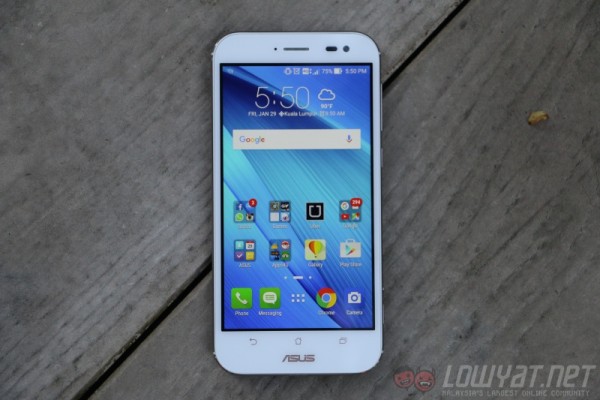
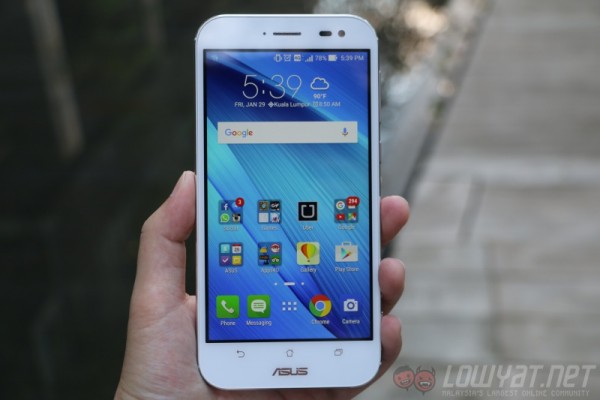
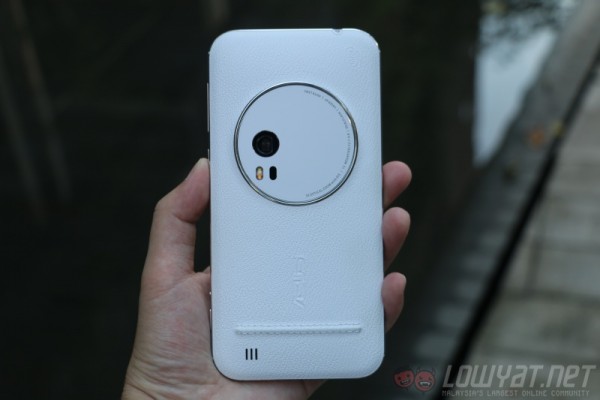
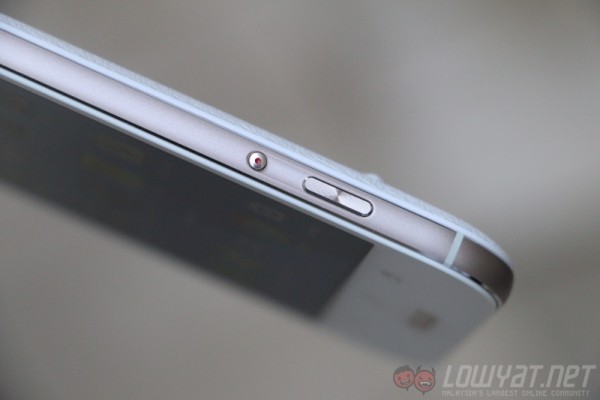
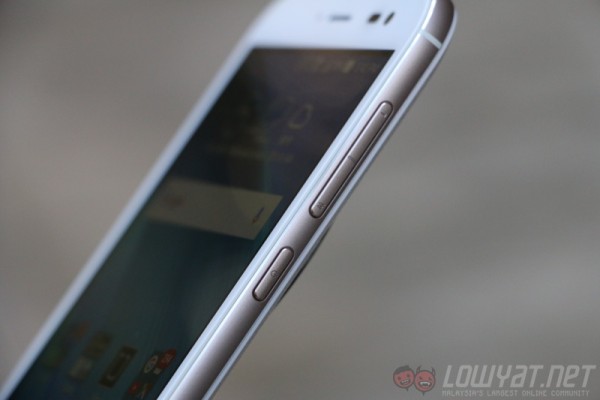
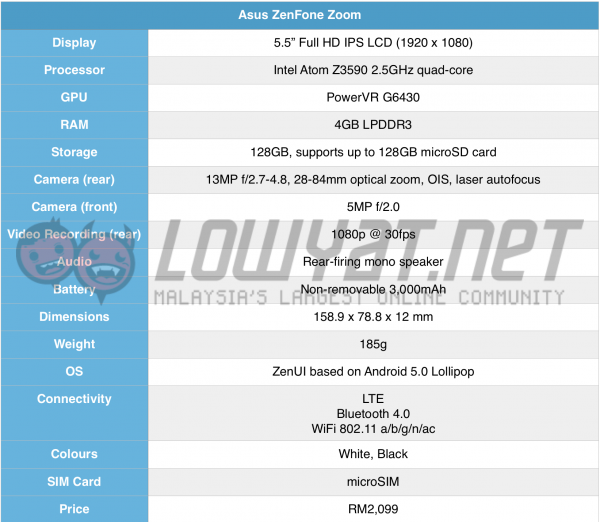
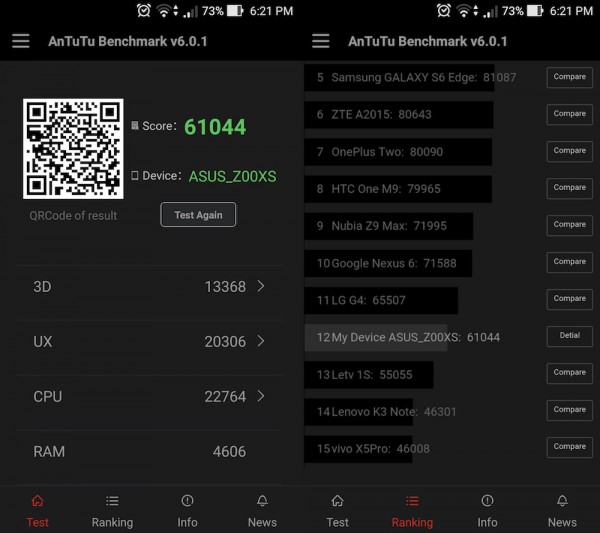
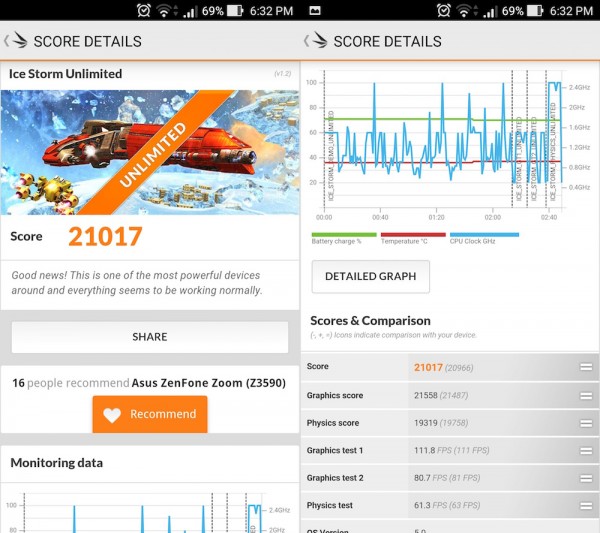
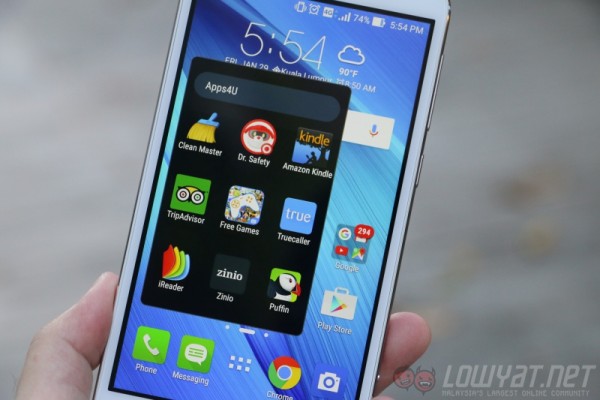
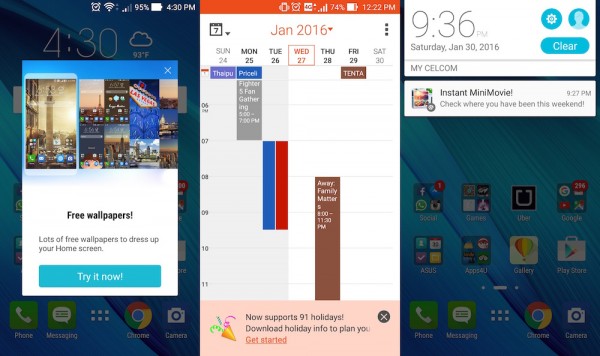
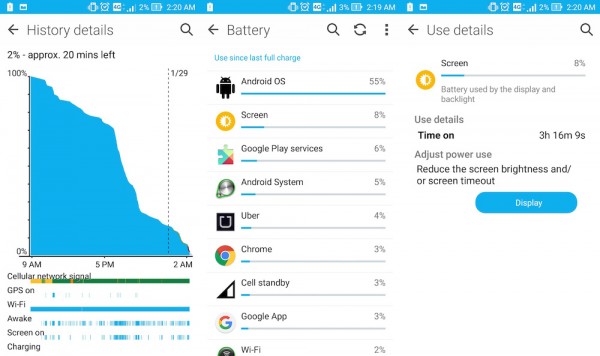
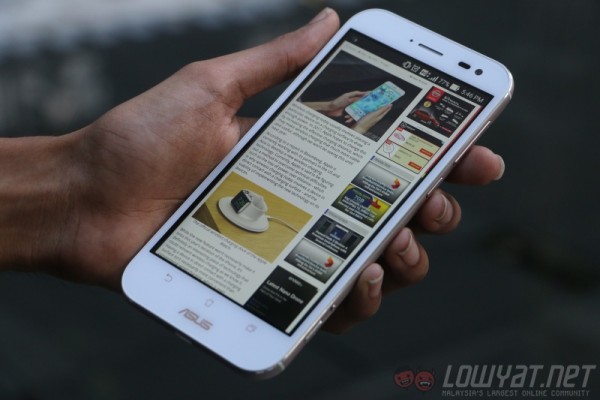
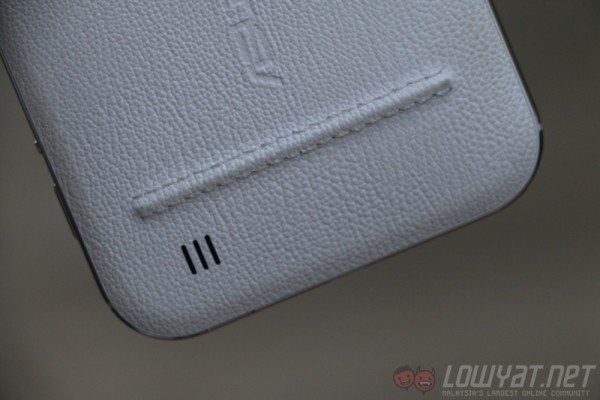
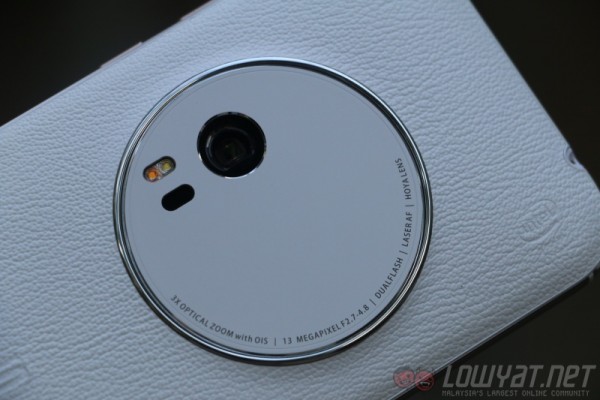
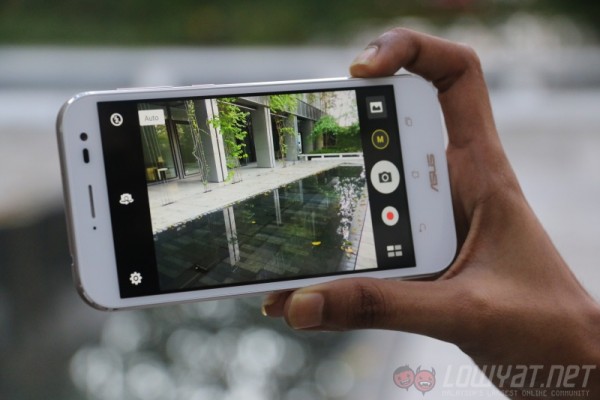





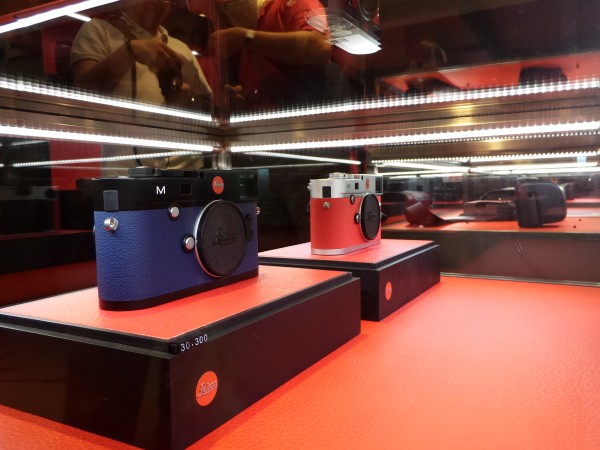



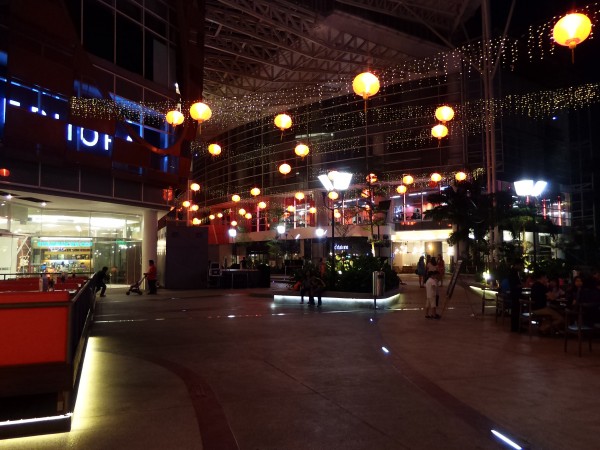
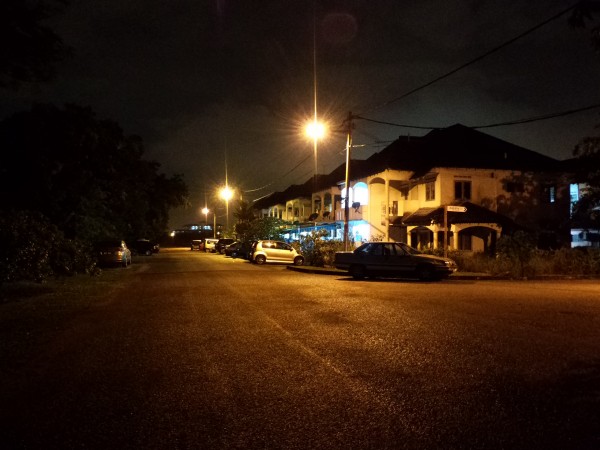
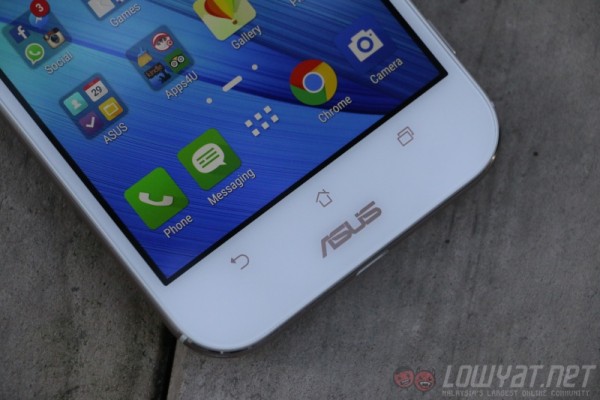
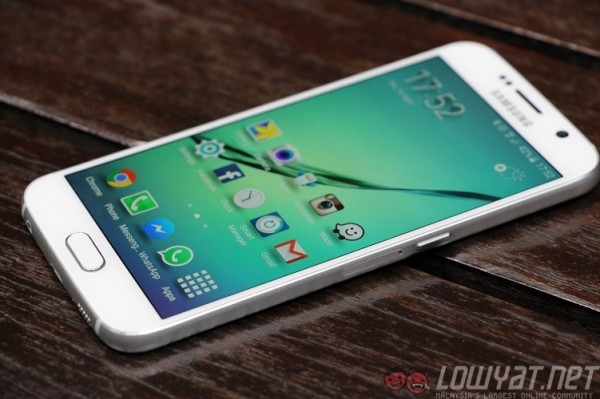
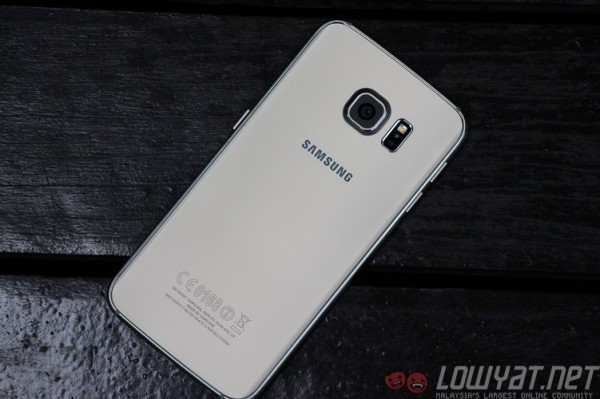
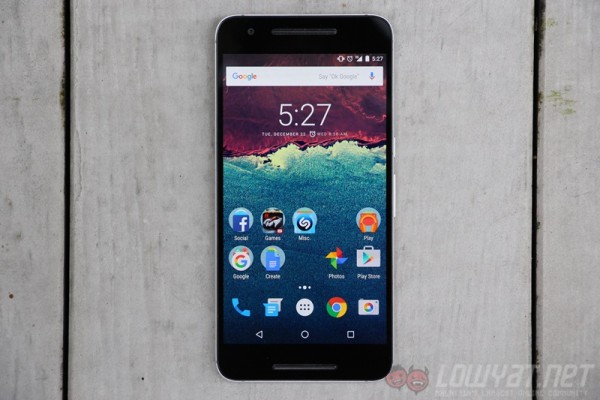
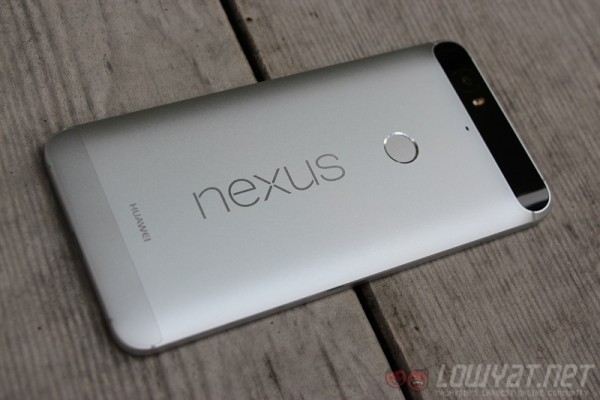
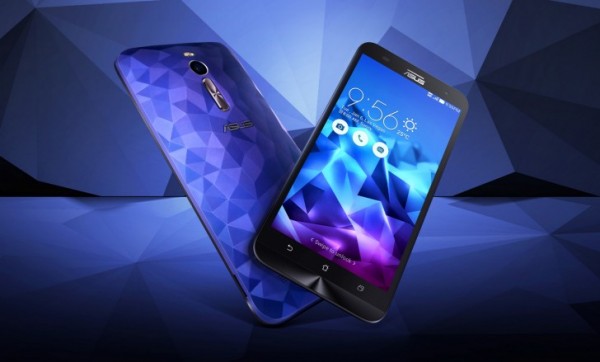
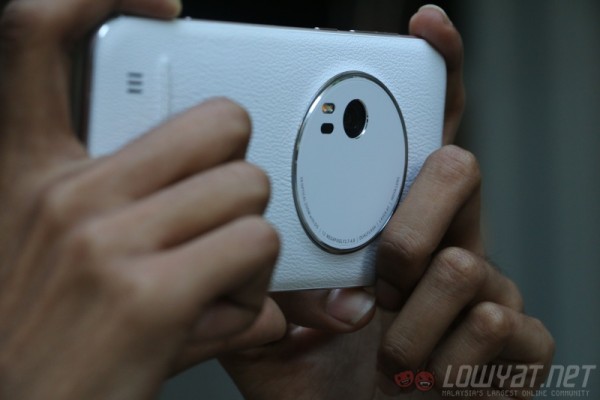
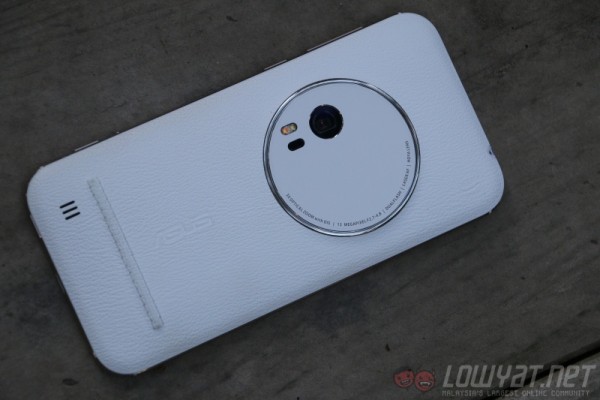




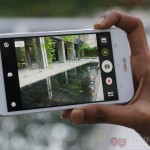



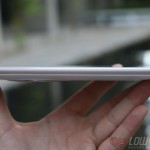
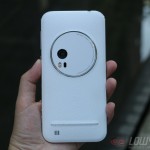

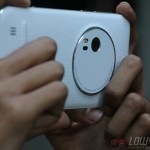
No comments:
Post a Comment